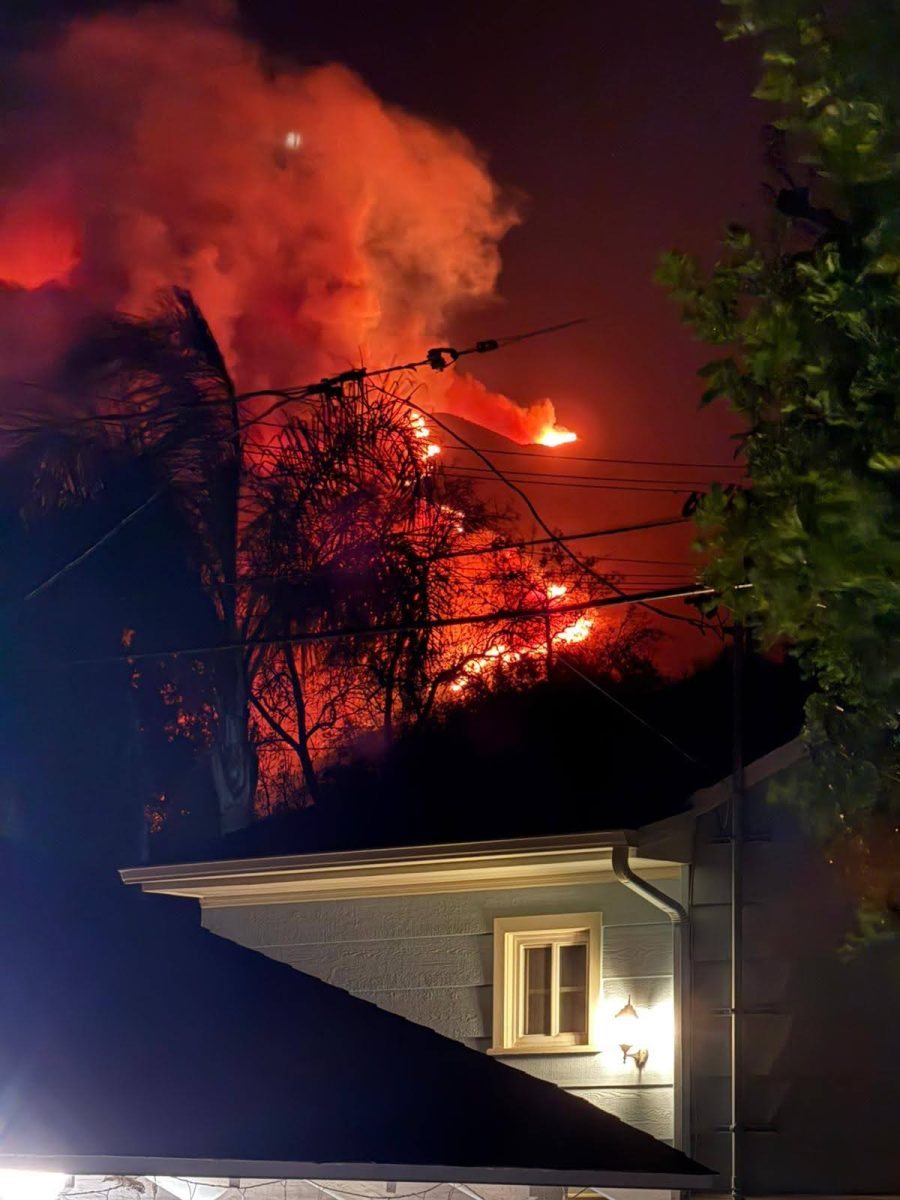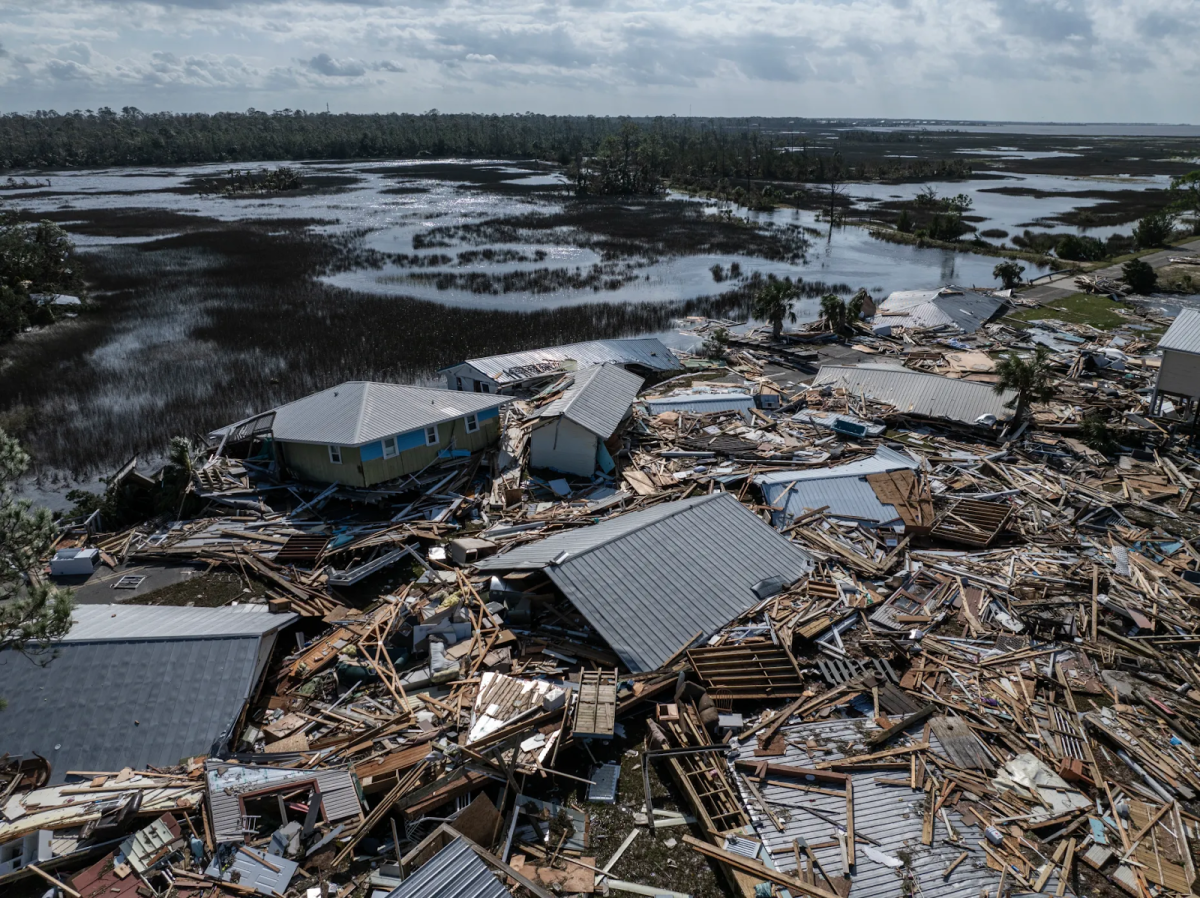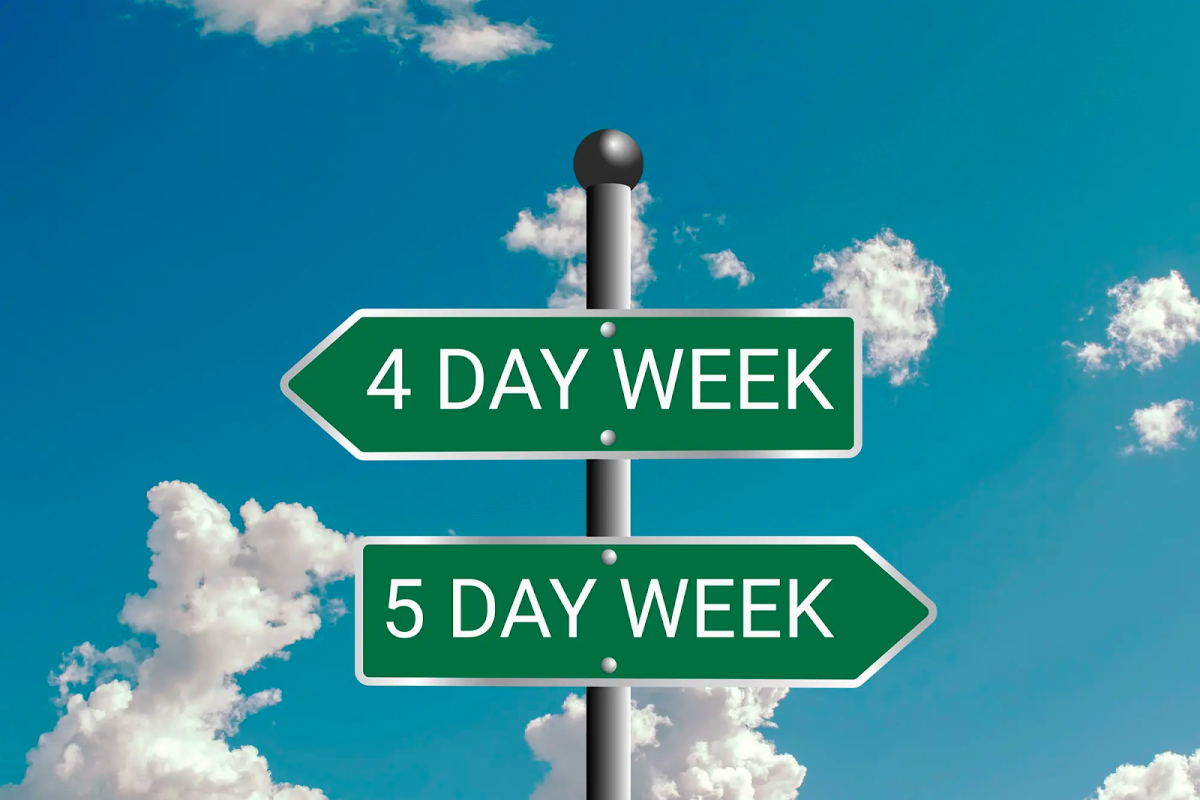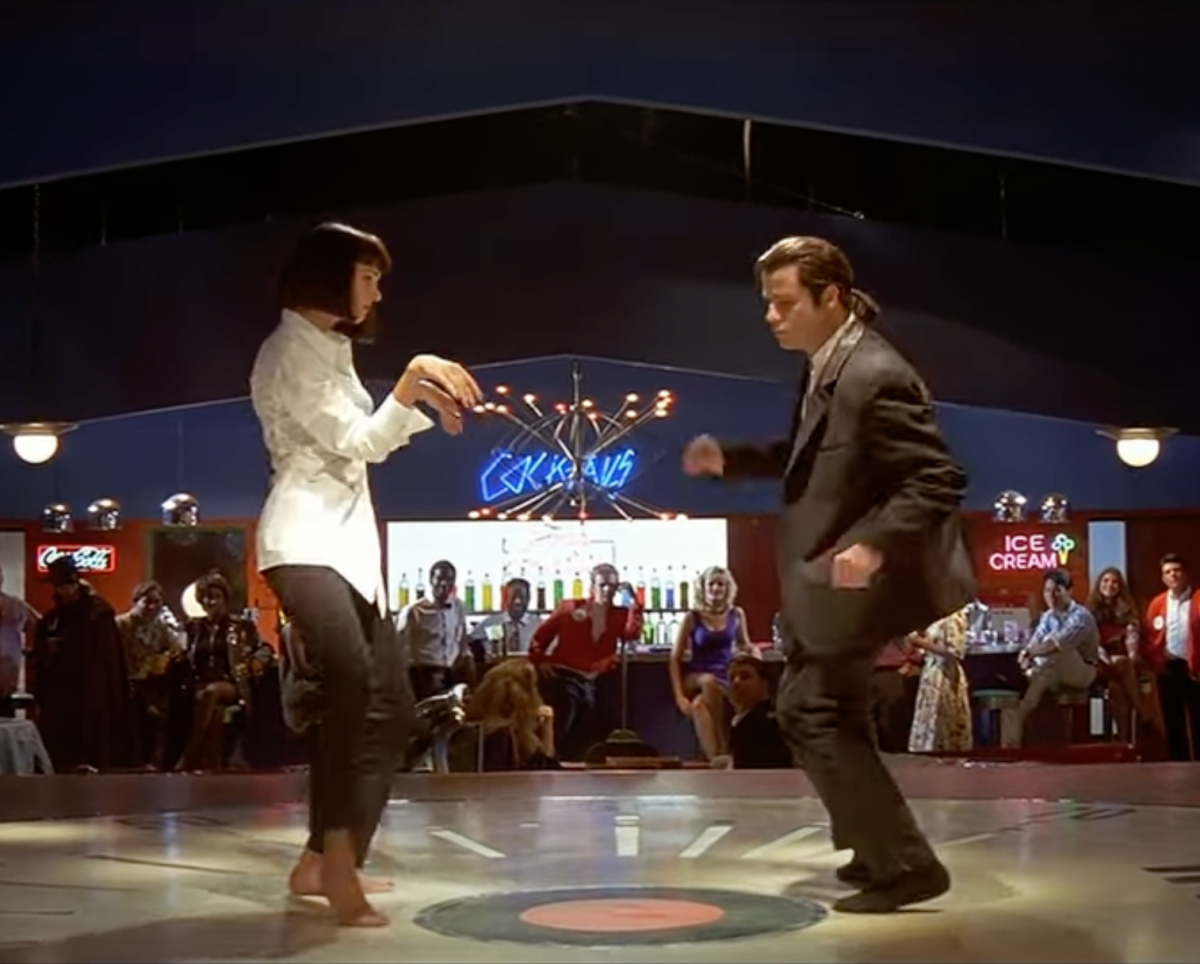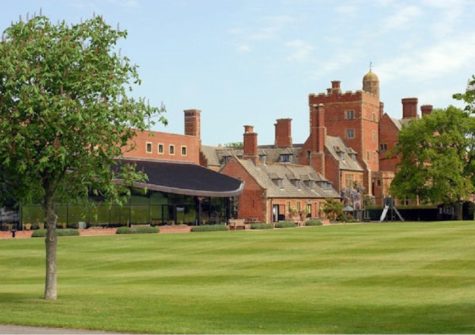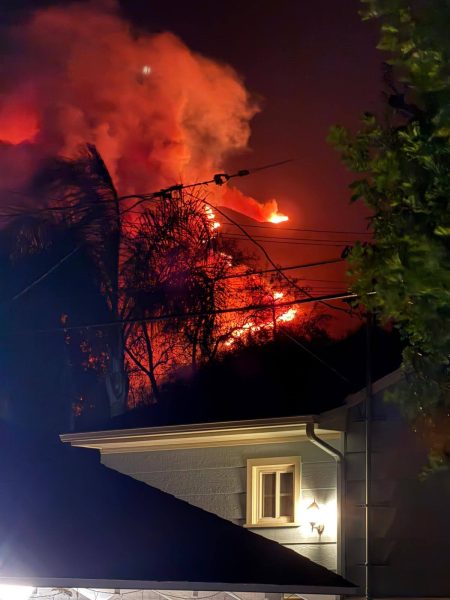The Science of Fear
What is fear? Is it when your heart begins racing at 200 miles per hour? Is it a nightmare you can’t escape from? Or is it something else? If we were to search for a definition in a dictionary it would say: “fear – an unpleasant emotion caused by the threat of danger, pain, or harm”. But surely fear isn’t as simple as that, is it? Everyone has their own fears; it might be fear of someone or something; it might be a memory or a dream. Fear is when your body thinks you’re in danger. Fear is an uncontrollable rush of adrenaline that either makes you run as fast as you can, fight for your life or have your feet rooted to the
ground. Fear is a chain reaction in the brain that starts with a stressful stimulus and ends with the release of chemicals that cause a racing heartbeat, fast breathing and energized muscles, among other things, also known as the fight-or- flight response.
In many ways, fear is something which we all have in common. Fear is a chain reaction in the brain that starts with a stressful stimulus and ends with the release of chemicals that cause a racing heartbeat. The body’s alarm clock for fear lies in a small almond-shaped mass found in the brain’s temporal lobe, called the amygdala. The amygdala controls autonomic responses
associated with fear, arousal, and emotional stimulation and has been linked to disorders such as anxiety and other social phobias. It is thought to be a part of the limbic system within the brain, which is responsible for emotions, survival instincts and memory. Although the amygdala only sends responses to a situation it doesn’t assess it. So the question is what does? What tells the amygdala what to do?
The answer to this question lies at the center of the brain, the thalamus. The thalamus diagnoses different sensory information which is being transmitted to the brain including auditory, visual, tactile, and gustatory signals. After that, it directs the sensory information to the different parts and lobes of the cortex, in this case, the amygdala. Therefore we can say that the thalamus tells the amygdala what to do if it assesses a situation as dangerous, but what does the amygdala do then?
After the thalamus deems a situation as ‘dangerous’, it sends all of the information that it has previously received to the amygdala, which then creates the fight-or- flight response. Physiologically, this response is characterized by increased heart rate and increased blood pressure among other cardiovascular changes. Regardless of the decision made by the
thalamus and amygdala, all information is then sent to the hypothalamus. The hypothalamus is a section of the brain which produces many of the body’s essential hormones. The hormones from the hypothalamus govern physiologic functions such as
temperature regulation, thirst, hunger, sleep, mood and the release of other hormones within the body.
The process of creating fear takes place in the brain and is entirely unconscious. There are two paths involved in the fear response: the low road and the high road. The low road is quick and instinctive, while the high road takes more time and delivers a more precise interpretation of events. Both processes happen simultaneously. The low road sends an immediate response to the amygdala depending on what is heard, seen or tasted. Whilst the high road isn’t an immediate response, it analyses and takes in consideration other factors that might lead to a different conclusion. Regardless of which path is found as the correct one, all roads lead to the hypothalamus.
The image above shows brain scans when afraid. The parts coloured in red are the ones that are reacting. We can see that those are the amygdala and the visual cortex. So, the next time you find yourself waiting for an examination, preparing for a big match or simply settling down for a Friday night horror, remember, your fear is all in your mind! For other examples of the science of fear, read Mila Frattini’s article on Prada’s Mexican Migration exhibition.

